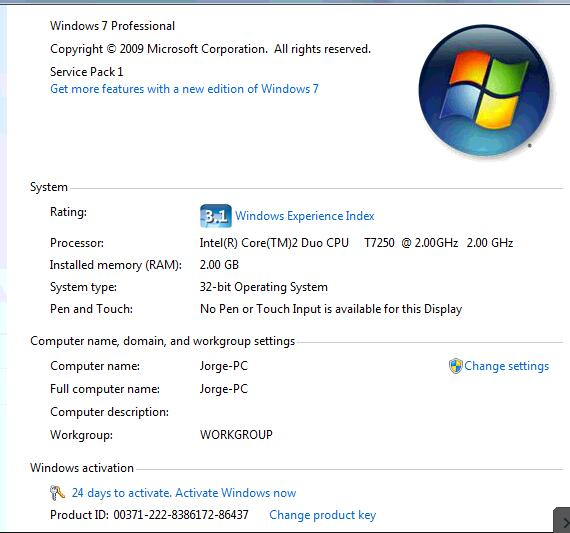
According to developers, the system will be available as an online program by the end of 2013.
Cummins power suite software software#
It is currently available as a downloadable program from the Caterpillar website, and the software resides on each individual computer. SpecSizer is a software program developed by Caterpillar, Inc. There are several print features available directly from the results page as well. On the results page, the specification sheets are directly linked to the system-selected engine as well as building information modeling (BIM) results. This feature helps the user understand exactly what is driving the size of the engine and provides guidance on some design changes that could be made to reduce the system size. The program highlights the parameters in two different colors: red if it won’t meet the requirements, and yellow if there are some cautionary items the designer should consider. In addition to this selection, the program provided alternate selections of generators that may meet the needs and highlights parameters that won’t meet the entered requirements.

For the example project, the software recommended a single 1,500 kW/1,875 kVA genset. After the data are entered and the steps are assigned, the software first selects the smallest genset that meets the performance requirements. The loads were then assigned to the quantity of steps applicable to the project. The example project load data was entered into the program based on a number of available presets (see Table 2). The program is not available in a downloadable version, but projects that have been initiated in earlier versions of the downloadable version can be uploaded to the site.

The data are not visible to any other user unless the project is specifically shared on the collaboration site. Cummins Power Suite GenSize includes an online tool that allows collaborative work in which projects can be shared on the online dashboard among designers or application engineers. The software is available as an online database that allows the developers to provide current performance data, which is updated regularly to ensure the user is not using obsolete data. In addition, on each page, it includes page-specific help tools that include tips and direct links for contacting the local distributor. The program also includes default parameters that help ensure the designer does not undersize a generator. The program allows users to input specific parameters, such as voltage drop of motor loads, which allows for maximum flexibility. According to developers, the goal of the program was to have a tool that is easy to use, yet very flexible. Cummins Power Suite 5.0 GenSizeĬummins Power Suite 5.0 GenSize is a software program developed by Cummins Power Generation, Inc. The loads that the genset must support are listed in Table 1. For these loads, assume that the system can tolerate a maximum of 35% voltage dip and 10% frequency dip. These factors must be considered and analyzed when sizing a generator.įor this example, consider a facility that requires a standby diesel genset to support various loads (see Figure 1). Some load types, such as fire pumps, have specific voltage drop (less than 15%) or frequency dip requirements that must be met during start-up. Each of these load types has a different characteristic during start-up and run time, and reacts differently under various electrical anomalies.
Cummins power suite software generator#
In today’s mission critical facilities, there are also number of different types of loads, such as fire pumps, chillers, and UPS systems connected to an emergency/standby power system, that can impact the generator size. However, there are various other factors, such as altitude, temperature, fuel type, and application, that influence generator sizing. The most common method for sizing a generator system is total connected load. If it is oversized, it may develop maintenance problems and other issues such as wet stacking. If a generator system is undersized, it will cause voltage fluctuations and damage to the generator or equipment it serves, or worse, lose the load entirely. With critical operations-and many times, human life-relying on these systems, it is important for the engineer to design an emergency system that is sized correctly for the various types of loads. Engine-driven generators are the workhorses that fulfill this need for emergency and standby power.

Mission critical facilities, such as hospitals, data centers, financial institutions, and other data processing facilities, are required to protect against possible failures of normal electric utility power sources and provide a reliable alternate supply of power.


 0 kommentar(er)
0 kommentar(er)
